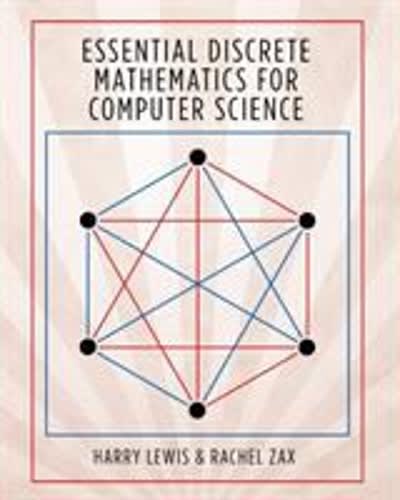Answered step by step
Verified Expert Solution
Question
1 Approved Answer
Younger 21 19 17 15 22 16 22 22 18 21 Older 10 19 14 5 10 11 14 15 11 11 [Eysenck, M. W.


Step by Step Solution
There are 3 Steps involved in it
Step: 1

Get Instant Access to Expert-Tailored Solutions
See step-by-step solutions with expert insights and AI powered tools for academic success
Step: 2

Step: 3

Ace Your Homework with AI
Get the answers you need in no time with our AI-driven, step-by-step assistance
Get Started


